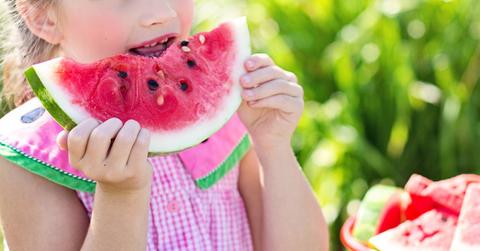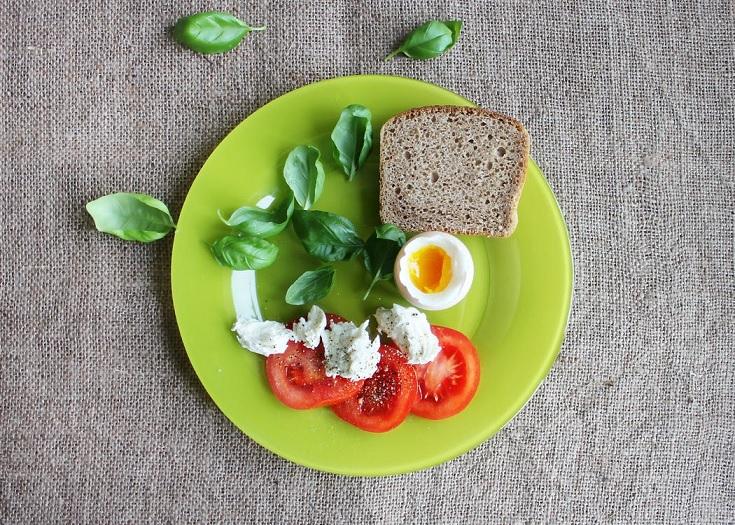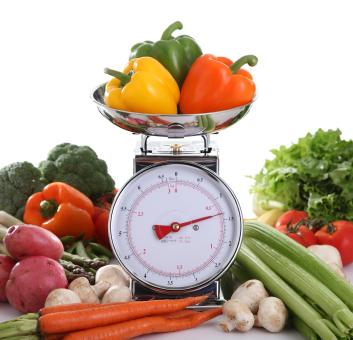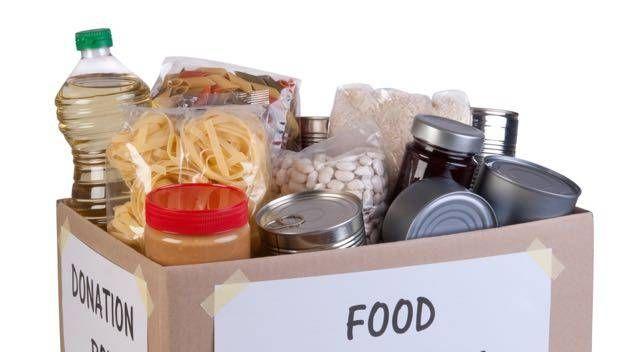5 Easy Ways to Get Kids Involved in Food Conservation
Most adults know that America has a food waste problem (10% of all food in U.S. supermarkets is wasted--around 40 billion pounds a year!). But adults don't have to tackle this problem alone. Kids can help too!
Updated May 21 2019, 4:13 p.m. ET
It takes a lot of resources to create food, so it's a shame when any goes to waste. Unfortunately, the U.S. is one of the most wasteful nations on earth, throwing out about 10% (or 40 billion pounds!) of what sits in our grocery stores every year. The good news is, food waste can be greatly reduced with just a bit of mindfulness, and household planning.
If kids are a part of your household, there's no reason to leave them out of the process. Learning about food conservation at an early age can help kids develop good habits for later in life. Get them involved early, and take advantage of opportunities to talk about green living along the way. These five easy tips for helping get kids involved in food conservation are the perfect foundation for where to begin.
1. Have kids mark their glasses and plates
When we think about food waste, our minds might not immediately jump to beverages, such as juice. Yet, along with small snack foods like crackers, they make up a large portion of food waste. After meal time, it can be common to see a table or kitchen counter full of half-full, identical glasses, with no one able to remember whose is whose. The result? Everything is poured down the drain to avoid spreading germs.
Instead, have the kids mark their individual glass (or small snack plate) in a reversible way. Some ideas might include a clothes pin on the brim, a ribbon tied around the middle, or even a wax crayon dot on the outside. Come meal or snack time, everyone will know which glass or plate is which.
2. Help kids choose their own dishes
Portion sizes are key for controlling food waste. Don't want to throw as much away? Don't put as much on your plate to begin with! It doesn't mean that we have to go hungry, it just means that we need to be mindful of how much we're really capable of eating. One of the easiest and most-cited ways to help control portion sizes is the control the size of dishes themselves. Even a reasonable portion of food can seem like a sad little island in the middle of an enormous plate. But go smaller and things begin to look comfortably full much faster, which helps keeps us from over-filling.
Kids so often have to tag along for errands such as grocery shopping, but are rarely asked for their input. Why not select several sets of dishes, each with smaller-than-average plates, and let the kids choose which one they'd like? It's a good opportunity to explain why small dishes are better, and for the kids to exercise their decision-making skills. Besides, meal time is more fun when you're eating off of dishes that you like!
3. Let kids choose their own portions
It's a common enough scene: a child doesn't want to finish everything on their plate, so their parent steps in to make sure that they do, so as not to waste food. But meal time doesn't have to be so adversarial. It's worth noting that, though kids are often told to "clean their plates", they rarely have any input at all into how much food is being put in front of them. Hardly seems fair, right?
Give kids a bit more control over how much food they'll receive. Older children can scoop their own food straight from the pan to the plate, while younger kids can describe to an adult how much they would like. As long as there's a clear understanding that they'll be expected to finish everything they choose, this can be a fun way for kids to gain some control at meal time and reduce waste.
4. Keep a kid-curated list of food
How many times have you bought milk, eggs, or other common food items only to get home and discover that you already had it in stock? A lot of food waste happens when there's simply not enough time to finish overstocked perishable items.
A regularly-updated kitchen "stock list" is a great way to combat this problem. And who says the adults have to be in charge of said list? Encourage the kids to keep track of what food is in and out of stock, and display their list in a public space, such as the fridge. This is a good opportunity for younger kids to learn the difference between perishable and non-perishable food (since non-perishables need not be included on the list) and yet another way for children to feel more involved in the household while decreasing food waste.
5. Donate extra food
If all else fails, and it's looking as though some food items won't be used by the time they expire, there is no need to fret. Many charities accept food donations. In fact some charities exist specifically for that purpose. Most of these can be found with a quick online search or, if you prefer, you can use the Feeding Forward app to locate donation spots in your area.
Boxing up food for donation should be a family activity. Why not let the kids pick out and decorate the donation box on their own? Once the charity unloads the food, the box can be brought home to ensure that it won't be thrown away. Younger children will come to see food donation as a natural part of family life. Older children will be able to engage in conversations about the importance of the activity. And would-be waste will be put to very good use!





